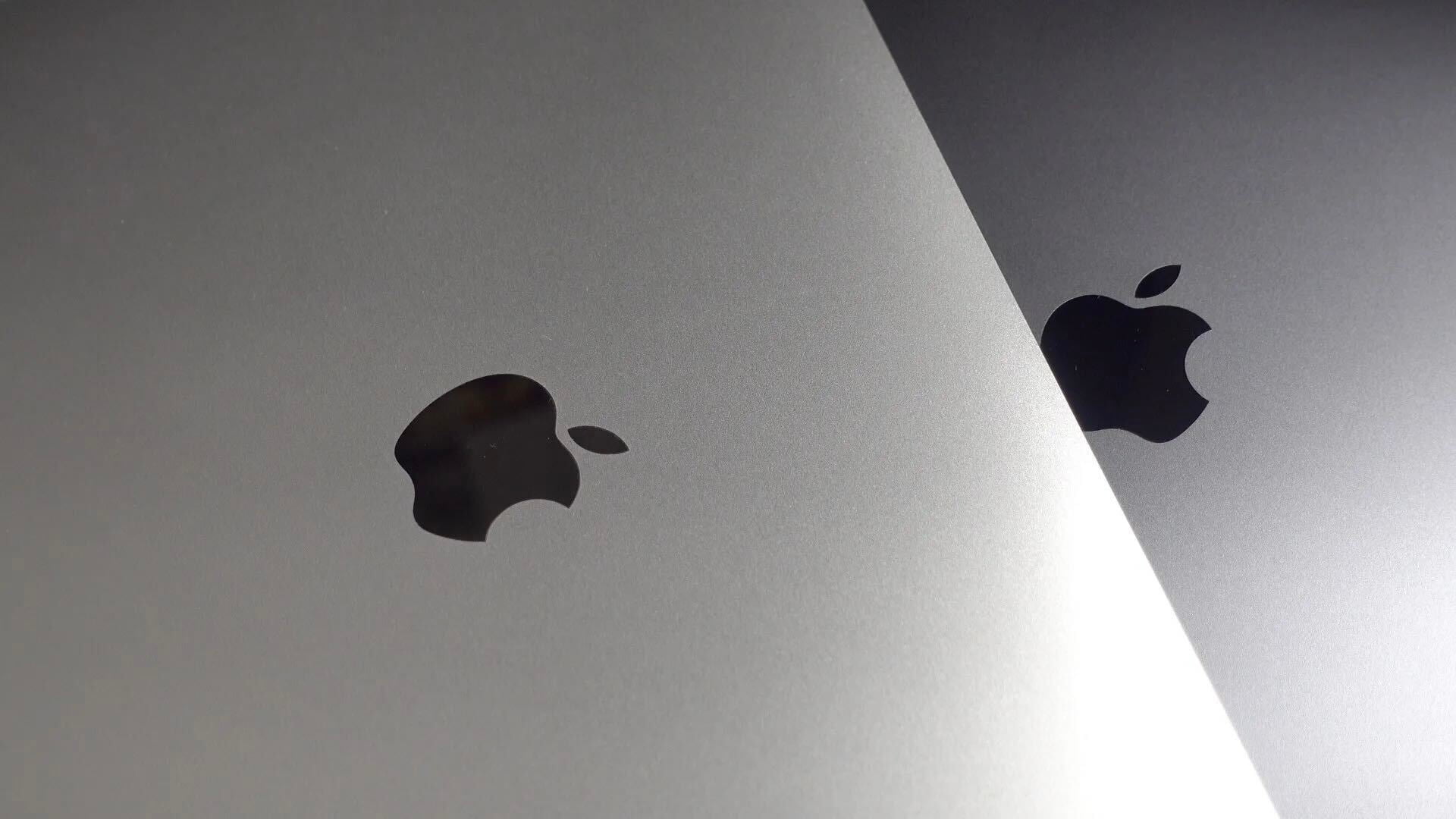

The U.S. Patent and Trademark Office has today published a patent application from Apple for a fuel cell system designed to allow a MacBook to operate without external power “for days or even weeks.” The patent was published shortly after a British company rumored to be working with Apple managed to fit a fuel cell battery into an iPhone 6, powering it for a week at a time. We first reported on that project last summer.
While the patent refers only to a ‘portable computing device,’ both the text and diagrams specifically reference MagSafe, giving a clear indication that a MacBook is the device in question (even if Apple may be moving away from the system) …
There is, of course, no such thing as a free lunch, and fuel cell systems require the fuel to be replenished once it is exhausted, which the patent addresses by referencing removable cartridges. Apple is keeping its options open on the fuel used in the system.
The fuel source comprises at least one of: sodium borohydride and water; sodium silicate and water; lithium hydride and water; magnesium hydride and water; lithium borohydride and water; lithium aluminum hydride and water; aluminum hydride; an amine borane complex; a hydrocarbon; lithium aluminum hydride; magnesium borohydride; a magnesium borohydride-amine complex; compressed hydrogen gas; and liquid hydrogen.
The most likely implementation would be a mix of conventional batteries and fuel cells, allowing the MacBook to be recharged in the usual way, switching to fuel cell power only when extended wireless use is required.
As always, we note that only a tiny proportion of the things Apple patents ever make it into products, but I have to say that I really hope this is one of them.

Top image: SlashGear
FTC: We use income earning auto affiliate links. More.


Fuel cell as mentioned in earlier post about use in a iPhone would require a period release of water vapor. How is that likely to work in the typical laptop neoprene or any other material case? It’s going to need a diaper? Can you see the jokes about the farting laptop?
perhaps the cells will have a built in reservoir to collect the vapor? It doesn’t have to be difficult.
Bring it on!
Maybe they’re using this in the rumored Apple car?
Why a patent? As we all know these days patents mean nothing when it comes to Apple. Samsung or some other outfit will just copy it if it really works and get away with it. Only the patent trolls seem able to enforce their rights, especially when they file in some backwoods court district in Texas.
What are the odds you’ll be able to use your fuel cell on a plane?
Thing is, we don’t need all this. And as someone who like most of you, owns a phone, and unlike most of you, has owned an (excellent from a hardware angle) Moto 360 for about 6 months, whilst day long battery life of most gadgets is essential, (allowing for being disconnected from a portable battery pack or outlet), any longer isn’t, and here is why: a) A watch or phone can be charged at the bedside using any charger or portable battery pack – such as when camping. And if there’s no charge in either, you can use a solar charger. b) If you’re out on the field with a laptop, but the nature of the device, you will probably be near a car and can use an inverter, as I do. (Few will take a laptop when hiking/camping due to weight and fragility issues, and if it’s a MacBook 2015, you can prob charge it using the USB-C port.
I think the future lies in solar panels being embedded in more and more surfaces, perhaps even car roofs, so you can charge devices (and even the car battery) using them, buildings, coffee shop windows and so on, so no matter where you are, you can top up your device. Plus, for smart watches, a movement based charger (I forget the term!) as used in mechanical self winding watches may mean that low power devices could be charged using movement of the wrist.
And so on.